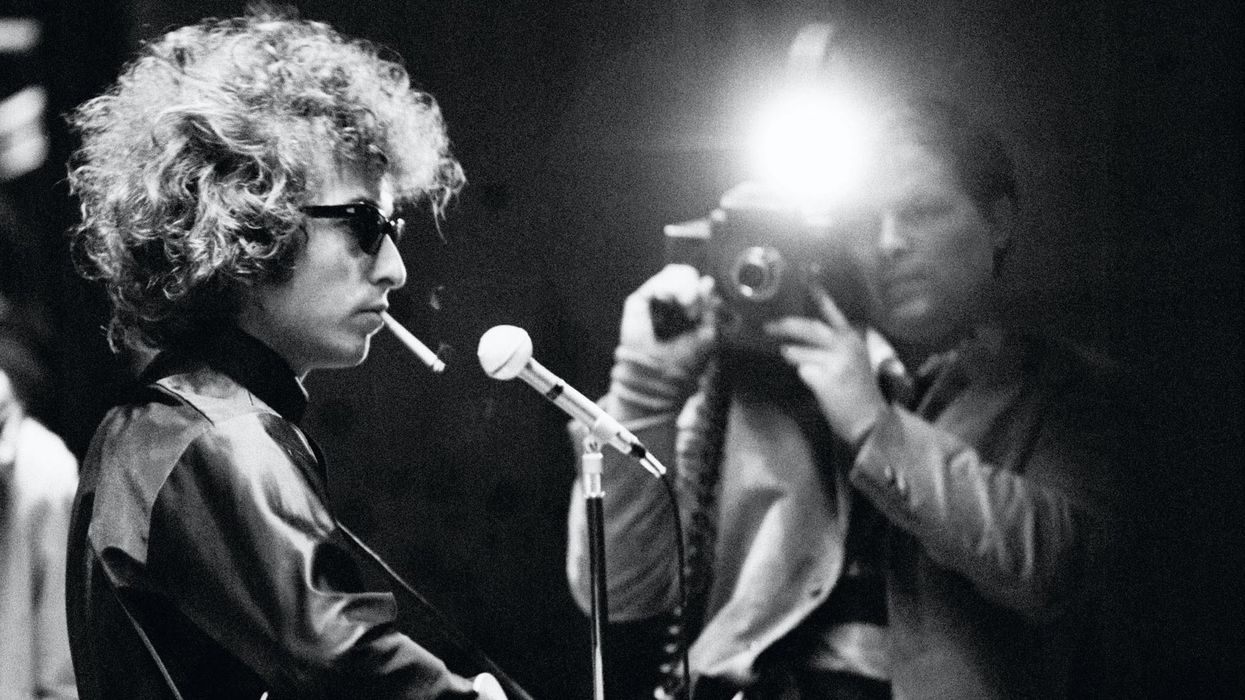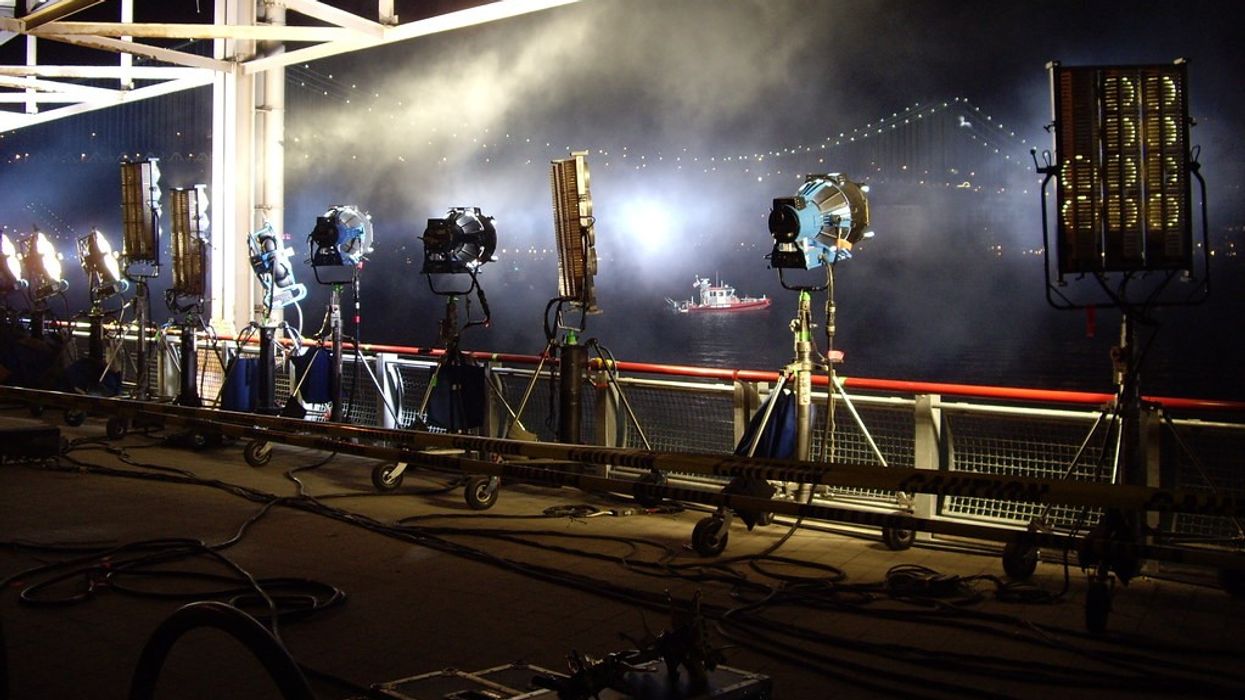Watch: How D.A. Pennebaker Revolutionized the Rock Doc
With Don't Look Back, D.A. Pennebaker changed the course of documentary.

Freedom: that's the word that comes to mind when one watches this excellent video essay by Leigh Singer about D.A. Pennebaker's process in making the seminal Bob Dylan documentary Don't Look Back (which is now available on new streaming platform Filmstruck). Pennebaker's observations, detailed below, would be well worth considering when making your own documentary.
Film in the streets
We learn that the filmmakers of Pennebaker's generation didn't have to have elaborate, fancy movie studios to make films with: they could simply film people in the street or events in the world around them, and that would make for interesting cinema. This approach was partially influenced by Italian neorealism, a movement which was gaining ground when Pennebaker was making his first documentaries.
Make your own camera
Pennebaker adapted his camera to suit his purpose. Given that his purpose was to follow his erstwhile subject from venue to venue, through airports, hotel lobbies, parking lots, and other importunate spaces, he modified the shape and structure of the camera he used so that it could be easily carried on his shoulder.
Learn from major Hollywood films
Pennebaker was shrewd enough to notice that the Hollywood close-up, in which the camera zooms in on a character's face with a velocity and degree of magnification meant to produce the maximum emotional response from a viewer, could be used in documentary films to winning effect. And use it he did. We see here that zooming in on Dylan's face as he sings brings the "character" Pennebaker is filming to life: the hawkish features, the will to perform, and the love of music itself combine to create a captivating figure who transcends what we call the documentary genre.

Be a fly on the wall
In Pennebaker's view, the filmmaker is not important; the subject of the film is important. This is why Pennebaker's naturalistic approach might come across to some viewers as inherently passive. In his cinéma vérité style, Pennebaker doesn't concern himself so much with finding perfect angles as with capturing what he believes to be the reality of his subject on screen.
Let your subject dictate your method
Pennebaker explains that when he was making the film, he viewed Dylan as a poet who was finding his artistic path, and so he didn't feel the need to construct a narrative structure for the film. Because the form of the film matched the subject, editing was more fluid than it might have been otherwise. The lesson here is to shape your film around your subject, rather than the other way around: don't approach a subject with a pre-conceived structure that limits the film's trajectory too much, or you'll find that you trip over yourself artistically as you finish the project.











